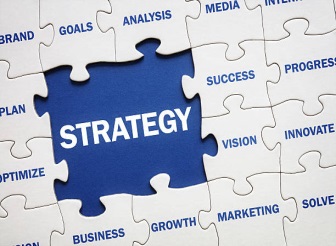STRATEGIC MANAGEMENT
INTRODUCTION:
The future is full of opportunities; strategic thinkers are the people who will give these opportunities life and capitalise on them. In today’s fast changing business environment, leaders need broad perspective, vision, and an intrinsic awareness of the business trends and developments shaping their work.
Many leaders are too preoccupied with day-to-day tactics and think only in operational terms. This course will allow leaders to be more effective in an ever changing business environment.

Course Overview
In this training, participants will obtain the knowledge and understanding of various strategic tools and skill sets required to help leaders capitalize on the forces and events that are shaping their world.
The objective of this course is to help participants understand strategic analysis and its relevance for management, to aid the facilitation of new learning and provide opportunities for self-development.
In this course we will look at what strategy is, and whether we need strategy. We will look at the Ten main strategy schools, and we will also look at how to employ a five step strategy model. Strategic management is an ongoing process that evaluates and controls the business and the industries in which the company is involved
Starting from game theory and industrial organisation, we will outline general principles of consistent strategic management, and apply these principles to specific interactions in managerial settings.
